What the secretary sawSarah Churchwell
Big Bosses: A Working Girl’s Memoir of the Jazz Age
by Althea McDowell AltemusUniversity of Chicago Press, £10.50, pp. 220
In 1922, writing a facetious review of her husband’s second novel, The Beautiful and Damned, Zelda Fitzgerald made an ironic reference to the fact that Scott Fitzgerald had used sections from her diary in his novel: ‘It seems to me that on one page I recognised a portion of an old diary of mine which mysteriously disappeared shortly after my marriage…’.
1922 was the same year in which Fitzgerald would later set The Great Gatsby, in part as a tribute to the other great modernist works of that literary annus mirabilis. And it was also the year in which Big Bosses begins: ‘It was 1922, America had been at war, money was tight, work was scarce,’Althea Altemus remarks, launching us into a memoir of her adventures as a professional secretary to the wealthy during the Jazz Age.
That money was tight in 1922 is an important corrective: there had been what Fitzgerald called a ‘baby recession’ in 1921, and by 1922 the famous boom of the 1920s had only achieved a low thrum. For ordinary Americans like Althea Altemus, 1922 was more austere than our casual histories allow.
Altemus worked for several seriously rich businessmen in Florida and Chicago while raising her young son as a single mother, and in 1932 sat down to record some of her stories of rubbing shoulders with the rich and famous. Recently rediscovered, the diary has been heavily annotated and published as a unique glimpse into the daily life of a Jazz Age woman. The cover promises us that Altemus is ‘sharp, resourceful, and with a style all her own’, her story providing a ‘one-of-a-kind peek inside the excitement, extravagance and the challenges of being a working woman roaring through the Twenties’.
That’s a trifle hyperbolic. The most accurate part of the promise is that the book offers a ‘peek’ into the Jazz Age. As peeks go, it’s not unenjoyable, but it will help if you don’t mind viewing the daily life you’ve been promised through a keyhole.
Altemus was a single mother who had divorced her alcoholic husband. Sexism was systemic, and perfectly legal: many employers would not hire Altemus if she admitted to her divorce and child, forcing her to pretend that she was single and childless. To raise her young son, she advertised for a ‘congenial business woman having youngster of same age’ to create, in effect, a private daycare service: they shared an apartment and the cost of a maid to look after the children. Altemus became good friends with her first housemate, Nita, whose livelihood was mysterious until she was run down in the street by a truck. It turned out that Nita had been fired as a legal stenographer when it was discovered that she had a child, at which point she had secretly joined ‘a gangster group’, who killed her when she tried to leave the mob.
Altemus also lost jobs when employers learned about her child. She worked briefly for an artist who never paid her; his studio was littered with ‘magazines, a rat trap, soiled linens, torn papers, cameras, cigarette stubs and other things best not mentioned’, which is one of the book’s many keyhole moments. What unmentionable things should we be imagining? Chamber pots in an era before indoor plumbing was standard? Or something more risqué, like the paraphernalia Edmund Wilson described seeing at the Yale Club in 1922, in a room ‘festooned’ with condoms?
Social historians value diaries precisely because of the quotidian detail they offer into how life operated for ordinary people. Unfortunately, Altemus’s editors share her discretion, informing us in a note that ‘three words now viewed as pejorative have been eliminated’ from her account. That damages its value as social history: learning how people actually spoke — and the attitudes thus revealed — is part of the benefit of reading such accounts.
The book has two saving graces: its slenderness makes it an exceptionally quick read and, thankfully, Altemus has a sense of humour, if a gentle one. ‘Neither beautiful nor dumb,’ she begins, ‘I had received my first assignment as private secretary to probably the world’s oldest and wealthiest bachelor playboy.’ There are some amusing stories, albeit frustratingly abbreviated. Altemus was hired one time by a jealous wife to discover why her husband stayed in the office so late every night. Eventually Althea managed to become the man’s temporary secretary and was invited up to the private apartment where he kept his mistress, in the Chicago office building of Commonwealth Edison (the equivalent of working for the head of British Gas). The president of Com Ed was none other than Thomas Alva Edison himself, who makes a brief, tantalising cameo. There are very brief glimpses, too, of Marion Davies, Constance Talmadge and James Singer Sargent.
Eventually Altemus went to work for James Deering (‘America’s 13th richest inhabitant’) at Vizcaya, in Miami, Florida, and we learn a bit about how Prohibition worked in practice. Deering planned for it when he designed his palatial home, building a casino — ‘about the size of an average home’ — on the property, with secret rooms beneath it in which he stored a shipment of fine alcohol worth half a million dollars in 1918. Altemus remarks somewhat austerely just as Prohibition was drawing to an end in 1932:
I’m sure that if the guests of these gala events reminisce now over the extravagance of Beau’s frolics it is with a sense of disgust at the wanton display of money and foolhardiness of the American people during the past decade.
This book is an amusing way to spend a few hours, and aficionados of the Jazz Age will pick up a detail or two, but anyone who really wants a personal glimpse into American life in the Roaring Twenties would be better off returning to either Scott or Zelda Fitzgerald, each of whom had the courage of their jazziest convictions.
Got something to add? Join the discussion and comment below.
Get 10 issues for just $10
Subscribe to The Spectator Australia today for the next 10 magazine issues, plus full online access, for just $10.
You might disagree with half of it, but you’ll enjoy reading all of it. Try your first month for free, then just $2 a week for the remainder of your first year.

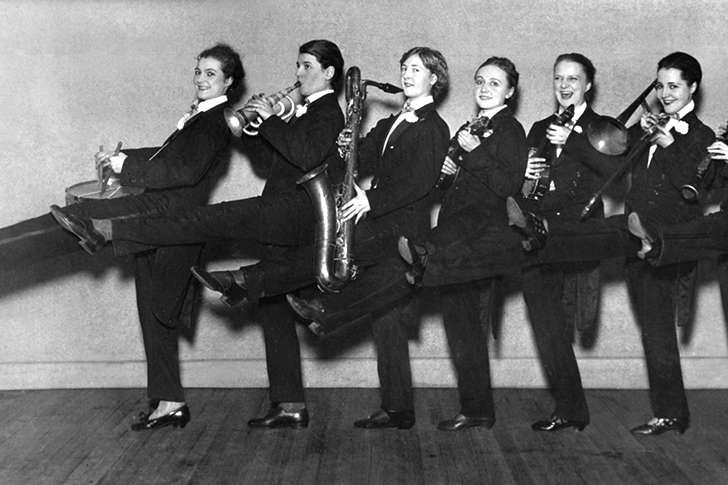
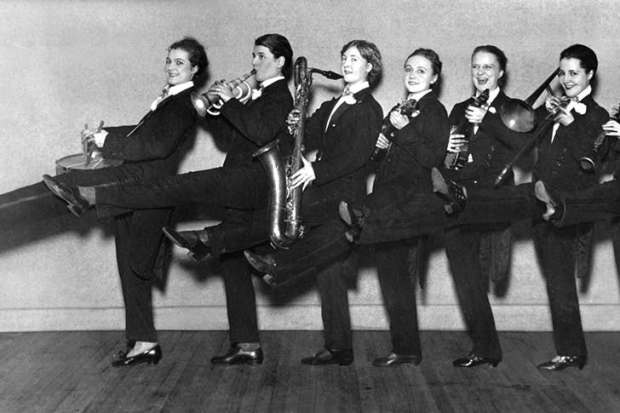

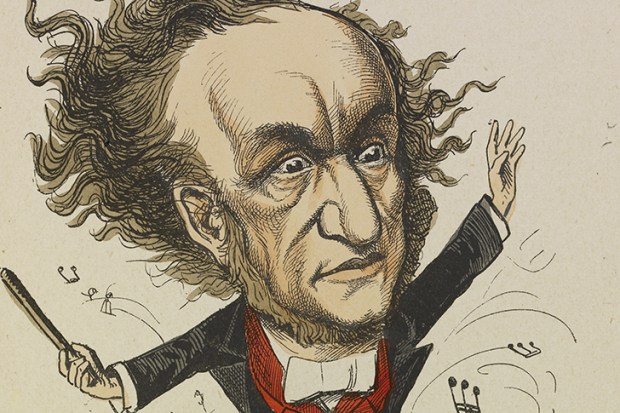
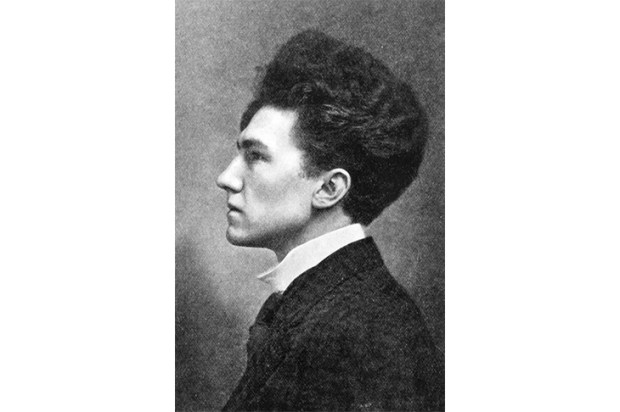
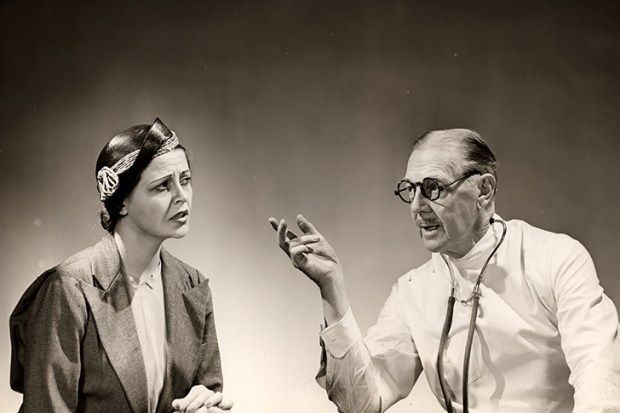
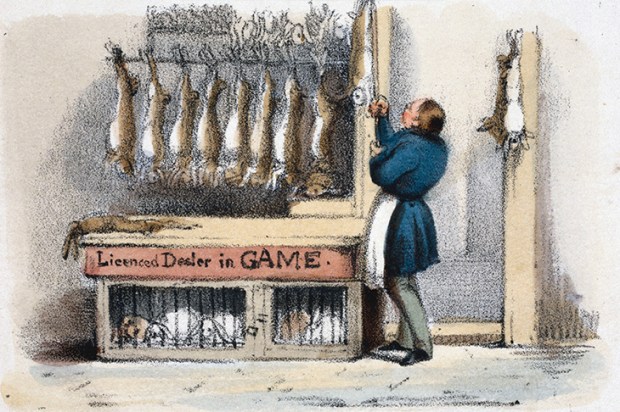






Comments
Don't miss out
Join the conversation with other Spectator Australia readers. Subscribe to leave a comment.
SUBSCRIBEAlready a subscriber? Log in